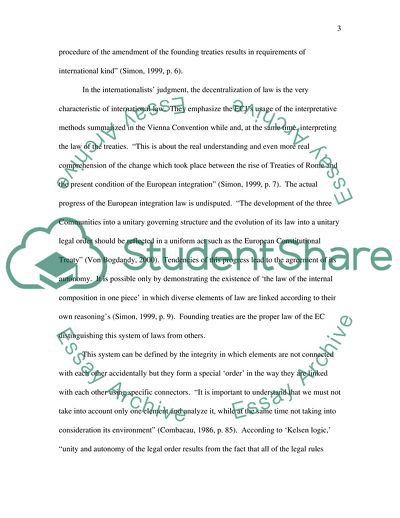Cite this document
(To What Extent Does the European Community Represent a New Legal Order Essay, n.d.)
To What Extent Does the European Community Represent a New Legal Order Essay. https://studentshare.org/law/1704526-to-what-extent-does-the-ec-represent-a-new-legal-order
To What Extent Does the European Community Represent a New Legal Order Essay. https://studentshare.org/law/1704526-to-what-extent-does-the-ec-represent-a-new-legal-order
(To What Extent Does the European Community Represent a New Legal Order Essay)
To What Extent Does the European Community Represent a New Legal Order Essay. https://studentshare.org/law/1704526-to-what-extent-does-the-ec-represent-a-new-legal-order.
To What Extent Does the European Community Represent a New Legal Order Essay. https://studentshare.org/law/1704526-to-what-extent-does-the-ec-represent-a-new-legal-order.
“To What Extent Does the European Community Represent a New Legal Order Essay”. https://studentshare.org/law/1704526-to-what-extent-does-the-ec-represent-a-new-legal-order.


